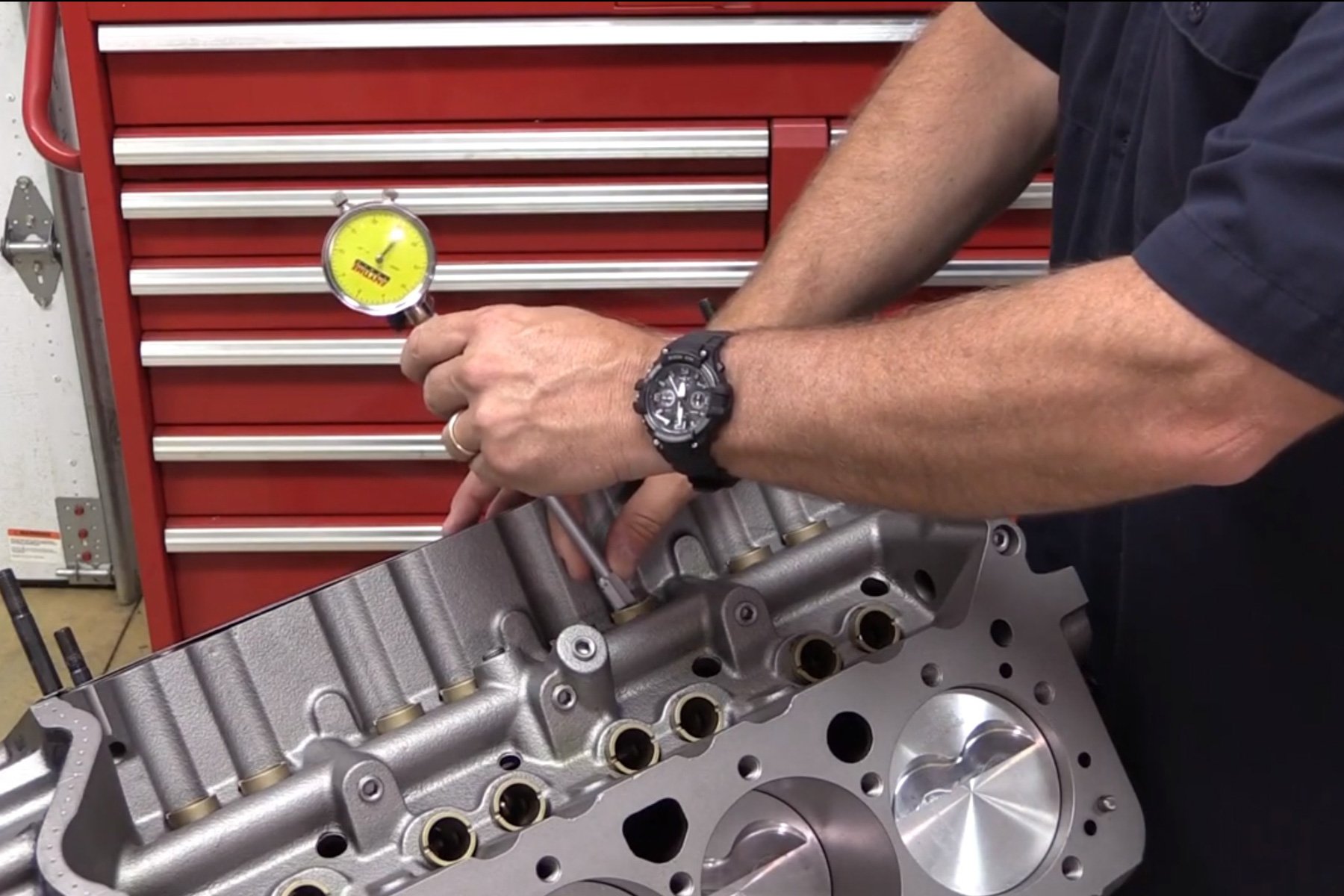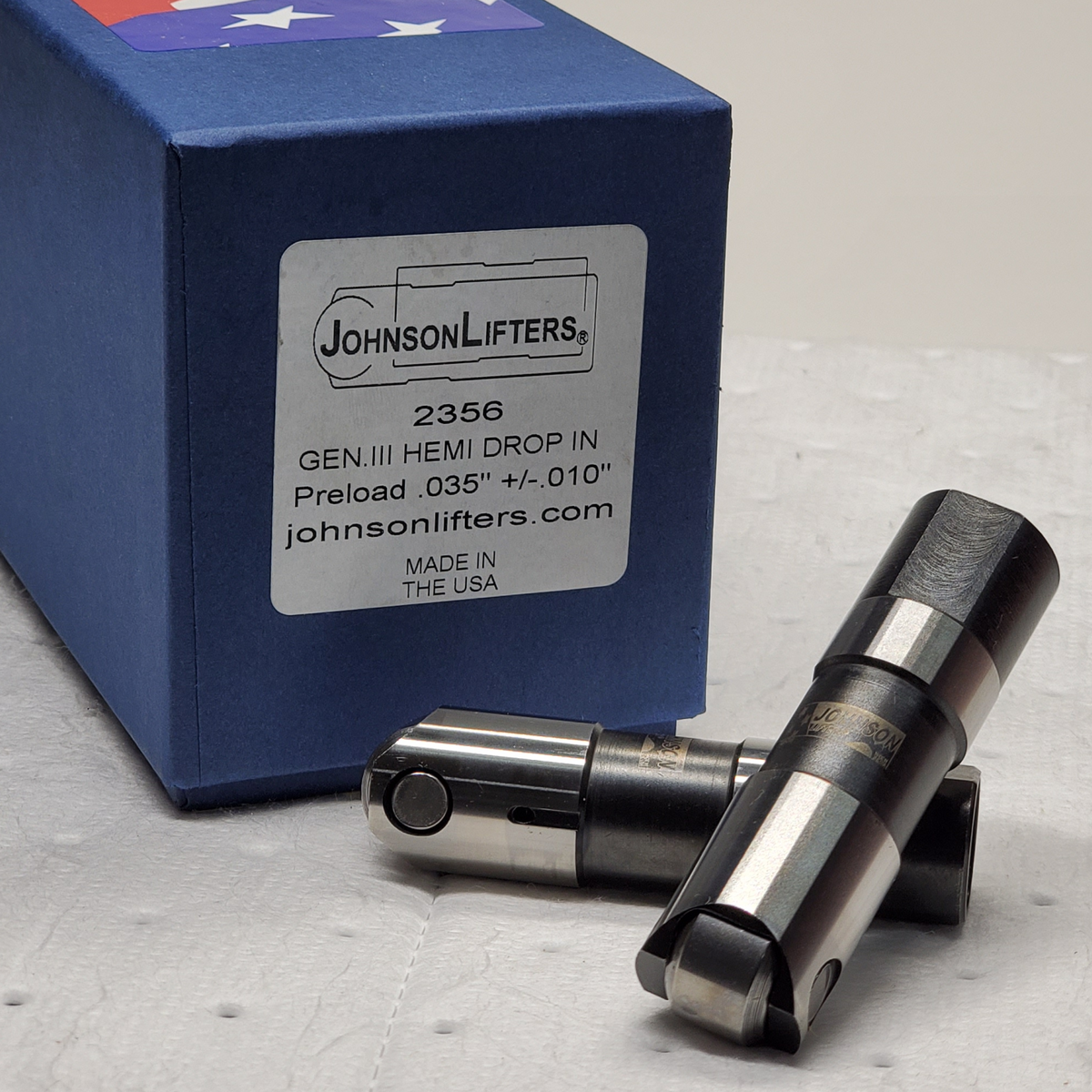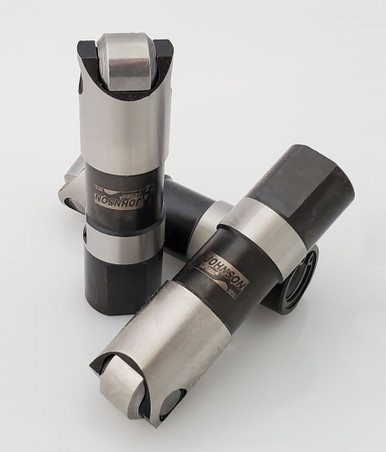Wild one
Senior Member
- Joined
- Jan 17, 2016
- Posts
- 14,050
- Reaction score
- 24,363
- Ram Year
- 14 Sport
- Engine
- 5.7
If the lifters were actually close to vertical in the engine,there would be a noticable increase in their life,but they're probably closer to 60 degrees then they are to 90 degrees,(they're horizontal to the cam,but at roughly 60 degrees off horizonital in relation to the ground) so what does drip past them,doesn't necessarily fall onto the cam lobe,a big percentage of the oil droplets are missing the lobe when it's at peak travel and when it's on the base circle,and very little of that oil actually makes it into the rollers bearingsMy response would be, are you removing cold lifters from a cold engine and is that how your determining clearances? I doubt your tearing apart a hot motor and all the metals inside the motor are expanding at different rates (iron block and steel lifters). I have no idea what the clearances are on a hot motor but crank bearings are say 0.022" on a basic 2.200" crank rod bearing. Push a 5w20 or 5w30 oil through that thin of a clearance at say 28-60psi and do you think its going to "spray" out? I know there is some "loss" as that's why there are chamfers on rod/crank bearings and they are likely lubed from oil bleeding out but i don't think they are spraying out. The top of a lifter is not sealed and it bleed out through the cup then up the pushrod to the rocker which lubes the rocker tip and that slow stream of oil cools the valve springs (traditional v8 engine design). On a hemi that changes as you have rockers in the upright position. Now how do those receive oiling (see pic) so does that mean the pushrod is not flowing oil to the top as well? The oil pump is a fixed flow pump, at given RPM it pumps given GPH or GPM, that flow doesn't change really. You have things like pressure bypasses and cavitation but essentially the flow is the flow and its likely a linear curve. At 550rpm it pumps X and at 2500 is pumps X... it will be the same (except bearing and clearance wear) 5 years from now. The pump doesn't constantly make pressure it continues to flow more oil which once its meets a restriction it creates pressure. Oil pressure is just a measure of oil restriction. Since the restriction is constant and the oil pump continues to flow more as RPMS increase it increases pressure till the bypass in the pump opens and once that is overwhelmed you can't really reduce pressure unless you have a bypass afterward (some have them integrated into the oil pan). Also leaks affect pressure and drastically affects capacity of the system. A leak at the end of the system still affects the rest of the system before the leak. Another thing to consider is how much oil pressure/volume is required to "float" the crank, rods, lifters and keep oil flowing to everything else (up to the top of the engine). You don't want to affect the oiling system where It can not float what needs to float. Also where you measure oil pressure is important... is it at the pump or is it after the crank... before the cam? On a LS engine pressure gauge sensors are at the back of the engine which is basically before anything and it measures the system as a "whole" but clearly you can see where it isn't exactly accurate.
View attachment 535161
View attachment 535162
To get more specific on the lifters, the bore clearance is a range of .012-.030". I would assume similar materials similar clearances across diff platforms. Roller lifters can absorb more clearance due to the roller design and remember it still needs to "float" in the bore.

How And Why: Checking Lifter Bore Clearance With Erson Cams
It doesn't matter what kind of lifter you run the correct bore tolerance is critical to avoid issues. In this video from Erson Cams we learn how to check lifter bore tolerance.www.dragzine.com
For arguements sake a drop in pressure wouldn't be an issue if you can provide enough flow/pressure to float what needs to be floated. Creating more leaks would reduce pressure and could require a higher flowing pump to provide enough flow. I don't think the lifter bore is the way to go tho its horizonatal to the cam basically. A squirter on top would make sense as you want to direct it onto the roller.
Last edited:



